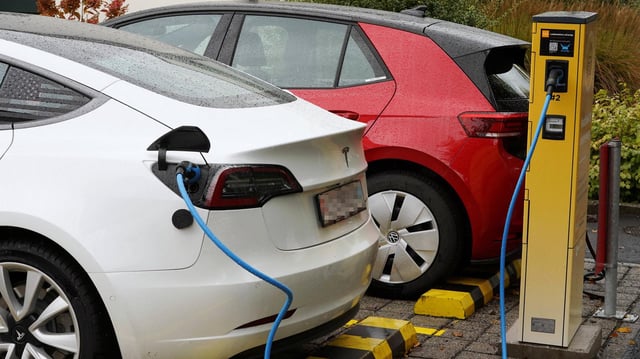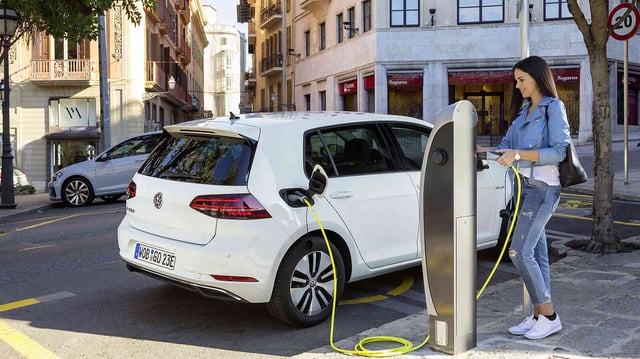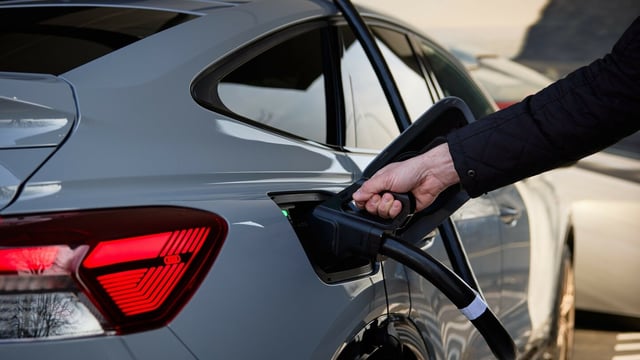Overview
- More than 225,000 vehicles in Germany are technically capable of bidirectional charging, according to E.ON.
- If 60% of that battery capacity were available overnight, E.ON estimates nearly 8,000 MWh could power about 2.5 million households and ease evening reliance on gas-fired plants.
- An E.ON survey of over 1,000 drivers found roughly one third of homeowners would use car batteries to supply their homes, with 26% supporting feed-in to the grid.
- Pilot projects exist, yet widespread use is held back by missing legal frameworks, common technical standards, compatible wallboxes, and clear tariffs, with ADAC listing around 30 models as theoretically ready.
- Germany’s EV fleet exceeds 1.6 million, and used EVs show heavier depreciation—about €6,400 more at three years than petrol cars—though battery reports often indicate around 90% remaining range and an extended tax exemption may help demand.



